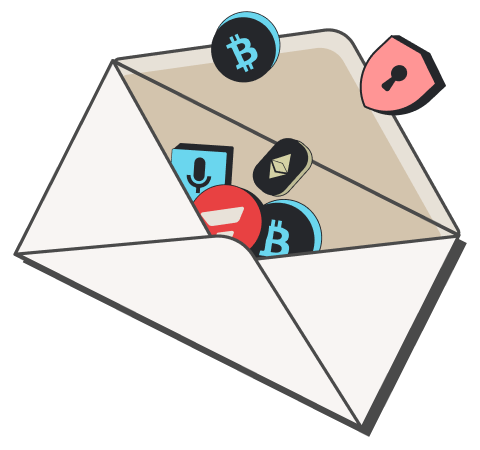Alright, so here’s the deal with dApps, short for decentralized applications. Imagine your favorite app, like Instagram or Tiktok. Usually, those apps run on servers controlled by one company. If the company goes down or changes the rules, that’s it: you're stuck with whatever they decide.
Now, a dApp works differently. Instead of one company running the whole thing, the app runs on a blockchain, and it's powered by code that anyone can see, use, and verify. No CEO, no kill switch... just smart contracts doing the work automatically.
When you use a dApp, you’re interacting with the blockchain. You send a transaction, and that changes the app’s "state", basically, the latest snapshot of who owns what, who lent what, who voted on what.
Want an example? Aave is a lending dApp where you can lend or borrow tokens without going through a bank. It's a decentralized lending application built on top of a blockchain. Everything you do (every token you lend or repay) gets recorded on-chain in real time.
So instead of “Valerie deposited $100” sitting in some private company database, it’s on a public blockchain, validated by hundreds (or thousands) of independent participants. That’s what makes it decentralized.
Once you understand dAPPs, a lot of the rest starts clicking into place.
